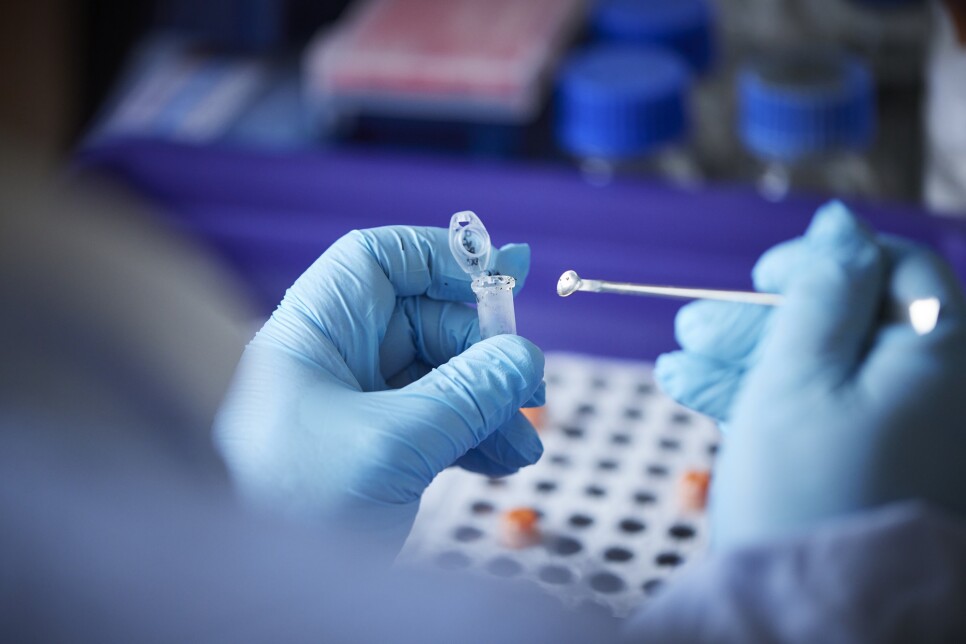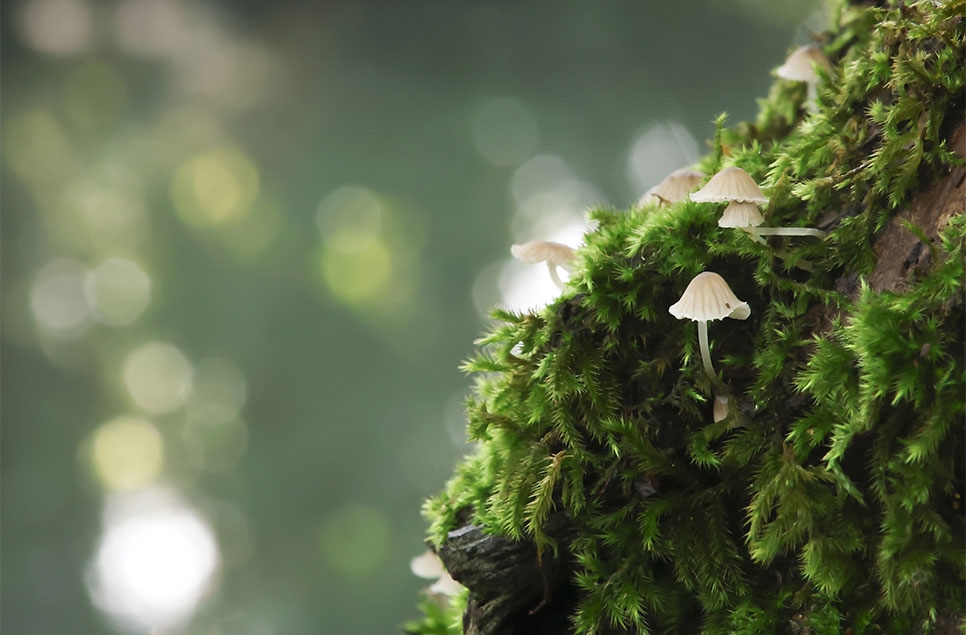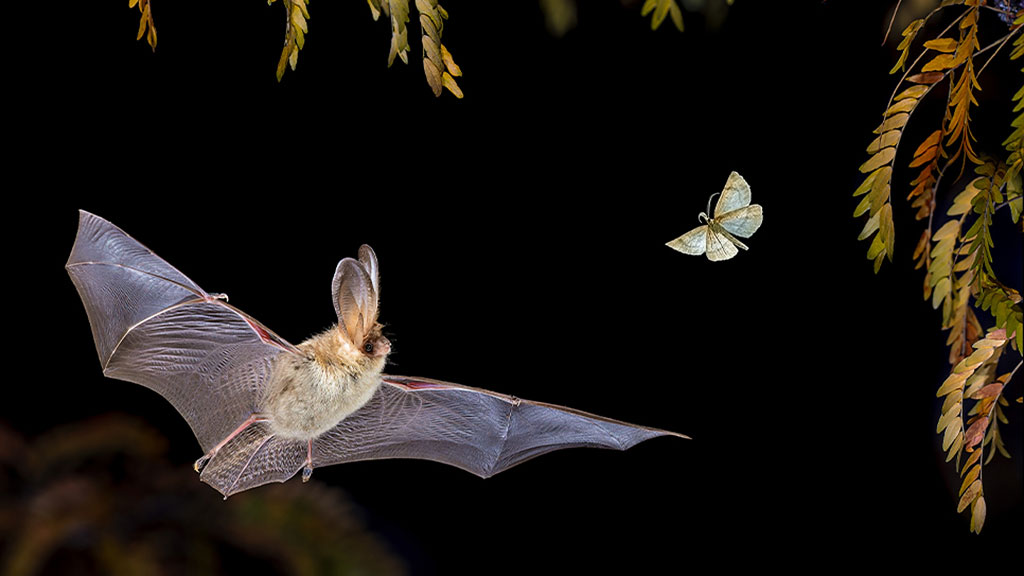How wetlands can help us look after our water
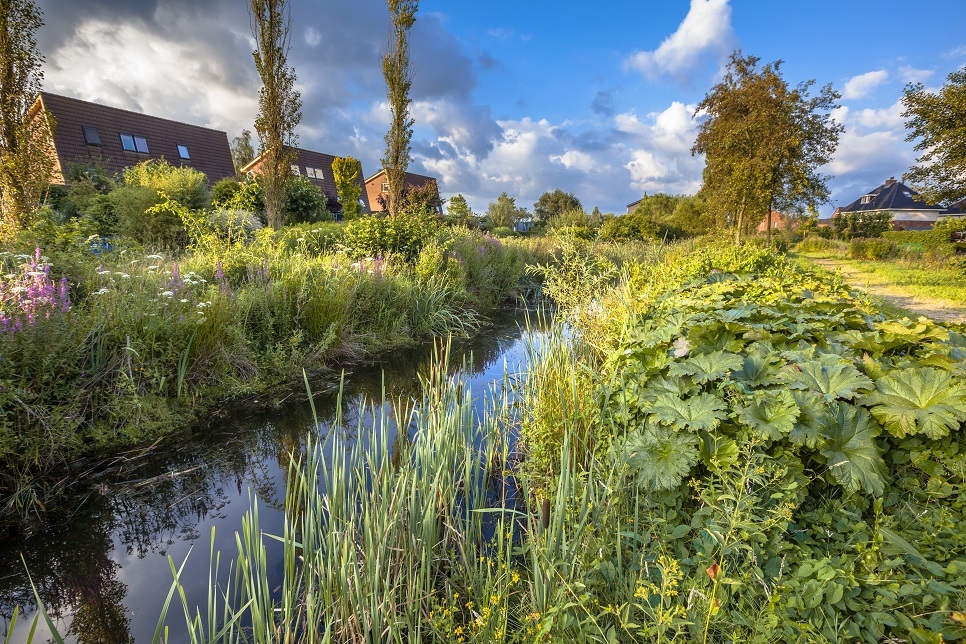
The water situation in the UK is precarious, yet a clean and reliable water supply is vital for many businesses. Water companies, the drinks industry, agriculture, horticulture and energy companies are just some that spring to mind. Over-abstraction, where water is taken from the landscape for use, continues to be a problem. Pollution also remains a major issue with only 14% of England’s rivers classed as having ‘good’ ecological status.
Last year saw a surge in concern over the impact we are having on our environment and a rise in public support for urgent action to tackle the crisis. As we seek our way out of the global pandemic, people don’t want to return to the unsustainable trajectory we were on. Building a more environmentally sustainable future remains vital to a new economic model, a so-called ‘green recovery’. We believe that wetlands can provide the solution to many of these challenges.
Using wetlands to reduce water pollution
Disposing of water and associated pollutants can represent a significant cost for businesses. There are now many forms of treatment wetlands that have been shown to provide effective pollution control. The operating costs for them are low and capital costs can be highly competitive compared to other treatments.
Glengoyne Distillery is working with WWT to use wetlands to treat their wastewater naturally, enabling them to save money while improving the environment at the same time.
The whisky distillation process creates something called ‘spent lees’, which is the liquid they no longer need, post distillation. Instead of having to be sent off-site to an industrial treatment plant, this wastewater is now filtered onsite. The liquid now makes its way through a series of twelve specially created wetlands where reedbeds filter and clean the liquid, before it flows into the local burn and then on to Loch Lomond.
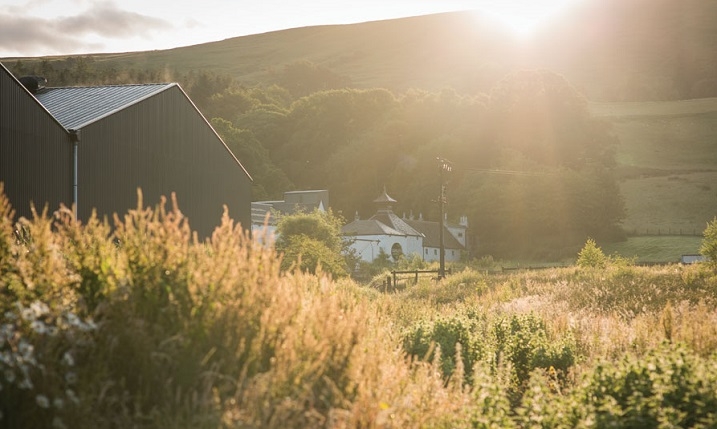
Using wetlands in this way has meant the company has been able to cut their overall waste by 25%. Because they no longer need to transport hundreds of thousands of gallons of ‘spent lee’ off site, Glengoyne are also saving 21 transports per week. And as the process uses gravity, it only takes a 1.5 KW pump to send the spent lees on their way. The wetlands are excellent for biodiversity too, including dragonflies, birds and many wetland plants.
Leading by example
At WWT, all of our sites include wetland treatment systems – using the natural functions of vegetation, soil, and organisms to treat different wastewater streams. These enable our sites to operate in areas with no sewer connection while providing wider benefits including habitat creation and landscape features. They also reduce sludge disposal and pollution from transport. They can potentially lower carbon and other gas emissions through no or low aeration and pumping requirements, have low running costs and reduce chemical use.
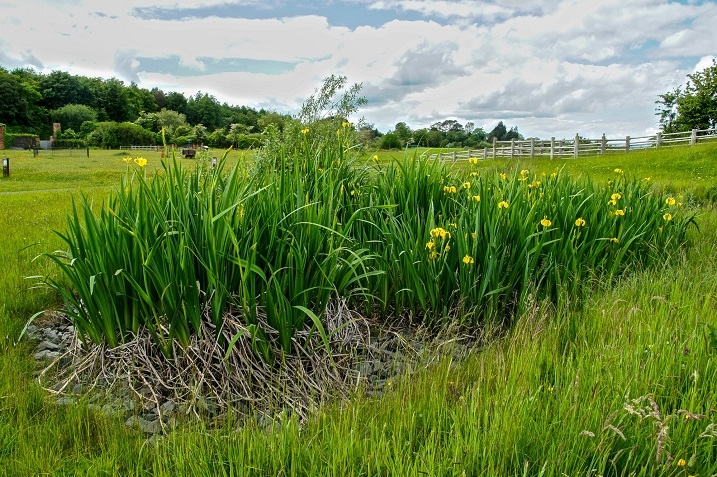
We’ve helped other businesses to deploy this technology, including breweries, veterinary practices and water companies. It works well when done well.
Sustainable drainage solutions
When drains become overwhelmed during heavy rain, the water can spill over into the sewage system, releasing polluted water into our rivers and even our homes, poisoning wildlife and ruining lives. Even in areas where rain and sewage are kept separate, rainwater washes chemical pollution from our streets into our water. But by using wetlands we can dramatically reduce local flooding and pollution in our rivers and streams that’s caused by ineffective surface water drainage.
SuDS are sustainable drainage systems. They capture the water at the point it hits the ground or roof, slow its flow and clean it up along the way. The water is held in a system of ponds, swales, rain gardens and filter strips. Much of the rainwater is then either taken up by plants, percolates into the ground or evaporates. The rainwater that remains only reaches the drains slowly, if at all. It’s less polluted and there’s no sudden surge of water that overloads the system. This approach reduces costs for businesses that face a charge from their water company for surface water drainage. WWT and RSPB have published a guide to creating effective sustainable drainage systems (SuDS) that can be adopted by businesses everywhere.
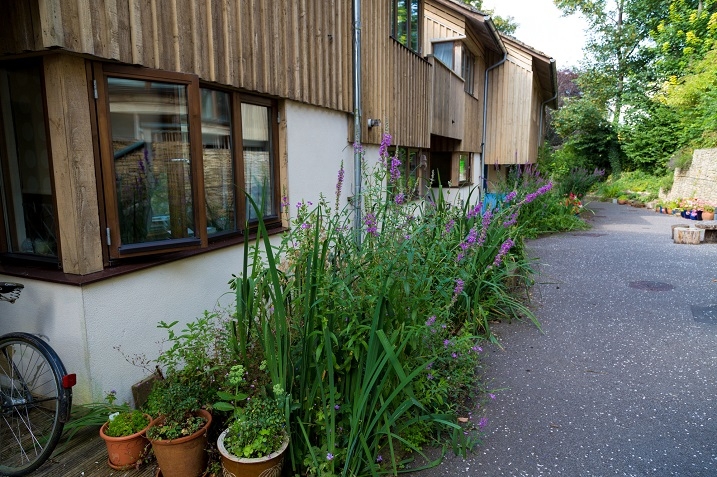
As well as being a sustainable solution, SuDS bring additional benefits. Because they incorporate water and plants, they can help wildlife too. A variety of SuDS across a town or city can work together as ‘blue and green corridors’ helping animals move between ‘pockets of nature’. They also provide a wonderful local amenity offering all the health and wellbeing benefits that we know being close to water brings.
Creating wetlands to improve water security
Sir James Bevan, Chief Executive of the Environment Agency has warned that in around 20-25 years, England would ‘reach the jaws of death – the point at which, unless we take action to change things we will not have enough water to supply our needs.’
The problem is due to a combination of a growing population and diminishing supply. And nowhere is likely to be more affected than the south east, where London’s continued growth means increased demand and where drought conditions will become more frequent.
But wetland creation can help. Essex and Suffolk Water’s Abberton Reservoir is England’s fourth largest reservoir and was created in 1939. It is also one of Europe’s most important wetlands for wildlife, supporting internationally important numbers of waterbirds and attracting large numbers of people who come to enjoy the natural beauty of the site.
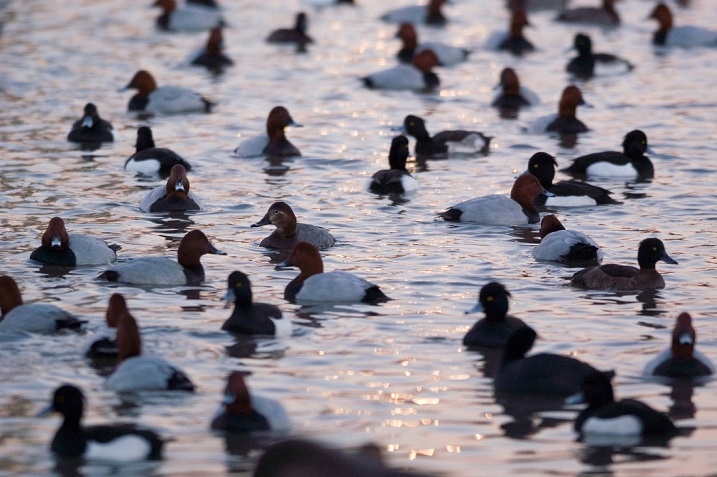
In 2015, its storage capacity was increased by nearly 60%, securing water supplies to businesses and 1.5 million people in Essex. At the same time, its value for wildlife was enhanced, further transforming it into a spectacular natural wetland that the Essex Wildlife Trust help to manage for visitors. In 2015, at the celebration of the expansion and wetland enhancement work, Sir David Attenborough commented:
I can remember a time that doesn’t seem like a long time ago, when development and conservation were seen as being mutually in opposition, you either had development or conservation and that led to confrontation, arguments and not necessarily the conclusions that pleased everybody. Today is fundamentally extraordinarily, wonderfully different.
This innovative approach is increasing the availability of water in a part of the UK where drought conditions will become more frequent, as well as being a great example of where an engineering solution also has a great benefit for wildlife.
Looking to the future
The idea that wetlands can help businesses thrive by providing sustainable solutions that help them improve the way they use and dispose of water, while at the same time reducing their risk from the current climate emergency, is climbing up the UK Government’s agenda. We are also seeing more and more businesses embrace the benefits wetlands can bring in terms of greater wildlife and improved health and wellbeing.
But more can and needs to be done to drive a widespread ‘green recovery’. The challenge now is to scale up, so that the sort of work WWT is already doing to maximise the benefits of wetlands becomes the norm and is adopted everywhere. With the UK Government's 25 Year Environment Plan seeking the creation of 500,000 Ha of new habitat, the policy ambition is also there, it just needs to be realised.
